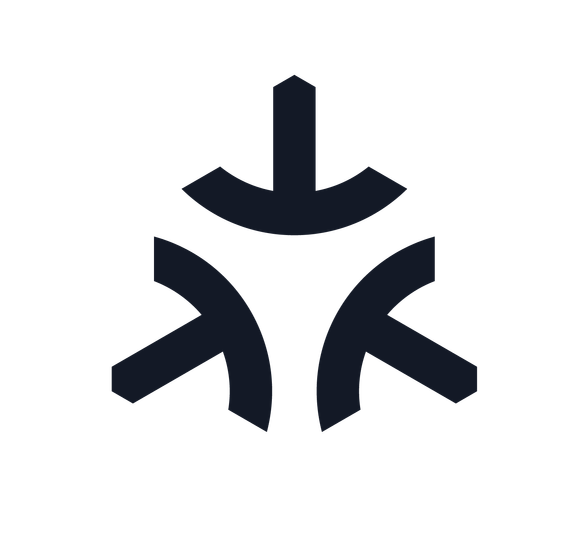Internet of Internet-of-Things

When I finished my undergrad a decade ago, the Internet of Things (IOT) was a major hype. The promise was that every device at home or in our environment would be connected to the Internet. Also, every device could talk to every other device and work synchronously as part of an orchestra.
In 2024, we have a plethora of devices in our homes. But the hype only became a partial reality. We ended up in a fragmented ecosystem where different manufacturers developed their own "intranets" for their suite of devices. To understand the fragmentation, let's look at what happens when you turn on the Ikea Tradfri smart bulb in your Google Home.
- You click the button corresponding to the light in your Google Home.
- Your phone sends this request to Google's cloud.
- Google's cloud realizes that this request is for an Ikea bulb and forwards it to Ikea's cloud.
- Ikea's cloud forwards this request to your Tradfri gateway, which is connected to your home router.
- Tradfri gateway at your home forwards this request to your bulb over local zigbee based mesh network.
- When the request is received, the light bulb turns on.
Shortcomings of current status quo:
- If your Internet is down, you cannot control your lights because the request to the cloud won't be sent.
- There is usually a perceptible delay between pressing the button and the light turning on again due to the latency of going to the cloud and returning.
- You must set up a separate Tradfri gateway to control all your Ikea lights. If you then want to add some Philips Hue bulbs, you must set up another bridge for that as well.
- Installing a new bulb requires installing the Ikea app, creating an account, and linking that account with your Google Home. If you add a Philips Hue bulb, you have to create another account and repeat the process. Soon, you will have multiple accounts with different manufacturers that you must manage.
Matter
Matter addresses all these shortcomings. With Matter, when you turn on the light:
- You click the button to turn on the light in your Google home.
- Your phone forwards the request directly to your light bulb.
- Your light bulb turns on.
Since the cloud is no longer involved, all the previous shortcomings no longer apply. Also, adding a new bulb to your home does not require installing a new app and creating a new account. You don't need to know who the bulb's manufacturer is as long as they support Matter.
Matter standardizes the protocol used to control any smart device. As long as two devices use this protocol, they can talk to each other directly without involving the cloud. This enables your phone to speak directly to your Ikea smart bulb even when the Internet is down.
I predict this would result in a Cambrian explosion in the number of IOT devices at home and elsewhere. With Matter (and its close relative thread) having solved the fragmentation issue, the number of devices and their interconnectivity should scale to deliver the IOT promise from a decade ago. This should also be a godsend for all the Chinese device manufacturers who have historically been strong in hardware but lack in the cloud-based software ecosystem.